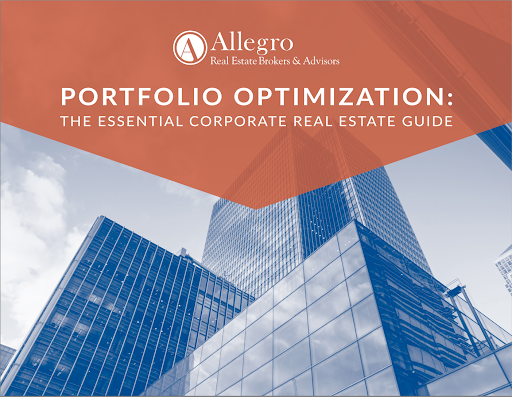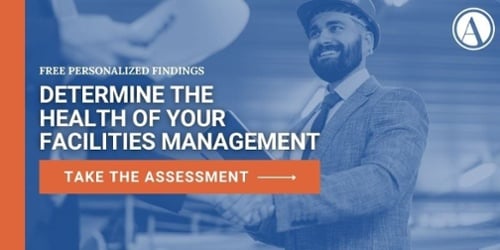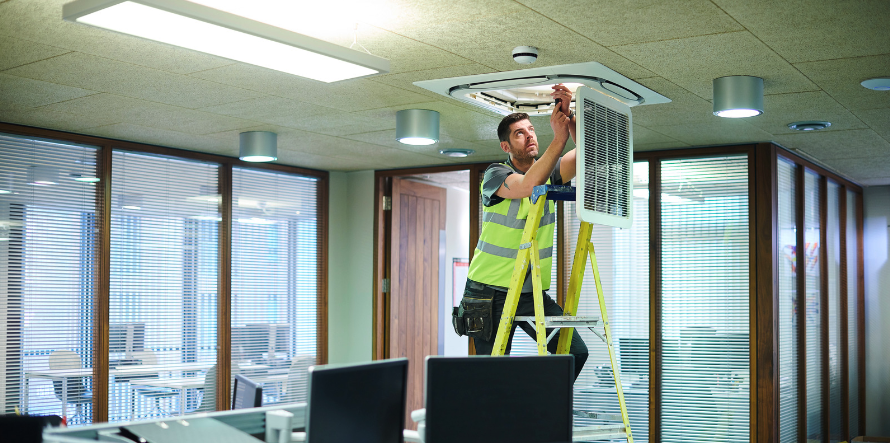As a nonprofit organization, how are you keeping your buildings in the best shape possible?
Your real estate can have a significant impact on employee retention and client satisfaction—that's why it's crucial to prioritize facilities management. When done right, facilities management can lead to safe and clean environments, proactive attention to maintenance needs, and more.
Continue reading for six facilities management best practices that every nonprofit organization should uphold to keep their facilities in premium condition.
1. Set a Budget and Portfolio Expectations
Setting a budget and portfolio expectations requires careful planning and forecasting of short and long-term expenses, such as:
- Repairs.
- Updates.
- Investments.
- Renovations.
By creating both an annual and longer-term plan, you can adjust your budget as changes are implemented across your portfolio. In your annual plan, be sure to include itemized expenses and details regarding increases, decreases, and one-time expenses.
A realistic budget and set of portfolio expectations not only help you prepare for unexpected expenses, but also enable you to allocate resources effectively.
2. Conduct Preventive Maintenance
Preventive maintenance is a crucial aspect of facilities management that involves planned inspection and upkeep of systems and equipment. This can include:
- Regular inspections.
- Cleaning.
- Servicing.
- Replacements.
- Refurbishments.
- Condition monitoring.
- Routine safety checks (e.g. fire extinguishers, alarms, emergency lights, HVAC systems, elevators, roofs, etc.).
By conducting preventive maintenance, you can increase cost savings, extend the lifespan of your systems and equipment, and promote workplace safety. Regular upkeep allows you to identify potential issues before they become bigger problems, avoiding costly repairs down the line.
Related Success Story: Helping a Local Nonprofit Achieve Its Mission Through Facilities Management Services
3. Implement a User-Friendly Work Order System
A user-friendly work order system is essential for effective facilities management in nonprofits. Work orders address issues that arise and help manage facilities, whether working with third-party providers or managing in-house.
Implementing a work order management system ensures that work orders are documented, assigned and completed in a timely manner—especially when dealing with a large number of properties and daily work orders.
Related Success Story: The Centers for Families and Children
4. Document Facility Updates
Documenting facility updates is crucial for nonprofits to maintain an accurate understanding of their real estate assets. By recording routine maintenance and work order information in a single, accessible document or digital system, nonprofits can better predict future maintenance needs, establish an accurate budget, and create informative annual facility reports.
5. Manage Vendors and Contractors
Maintaining your facilities can require a considerable amount of outsourcing. As a result, it's important to work with vendors and contractors who can provide high-quality services to your nonprofit organization. Before selecting a vendor, conduct thorough research to find a reliable and trustworthy partner.
- Look for testimonials on their website.
- Ask for recommendations.
- Check online reviews.
Once you've selected a vendor, it's important to have a robust system in place for managing their work. This includes tracking service costs and payments, as well as project deadlines. Proper vendor management ensures that your facility is well-maintained while keeping costs under control.
6. Ensure Employee Safety and Security
As a nonprofit organization, you have a responsibility to prioritize the safety and security of your employees, clients, and visitors. A comprehensive facilities management plan includes measures to enforce health and safety policies, reduce workplace hazards, and mitigate on-site crises.
Conducting regular inspections and immediately handling issues can effectively alleviate on-site emergencies and minimize workplace risks. Sustainable practices, such as energy conservation and recycling, can also be incorporated into facilities management to reduce your environmental impact and operating costs.
With a comprehensive facilities management plan in place, nonprofits can ensure the safety of their community while promoting sustainability and cost savings.
Take the Facilities Management Assessment
Well-executed facilities management not only reduces operational costs and strategically minimizes large long term capital expenditures, but also improves organizational culture.
How well are your facilities managed today?
Our free facilities management assessment is designed to help you determine the health of your facilities management function, including people, process, technology, and strategy. In 10 minutes, you will receive an email summary of your results, along with resources to help you optimize your facilities management approach.








